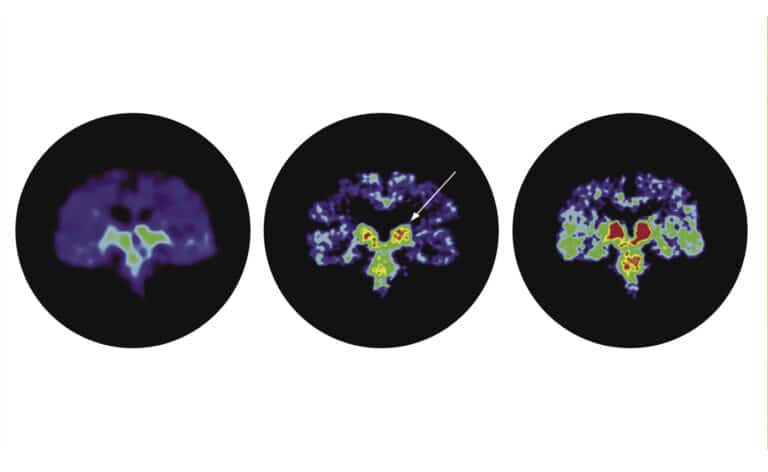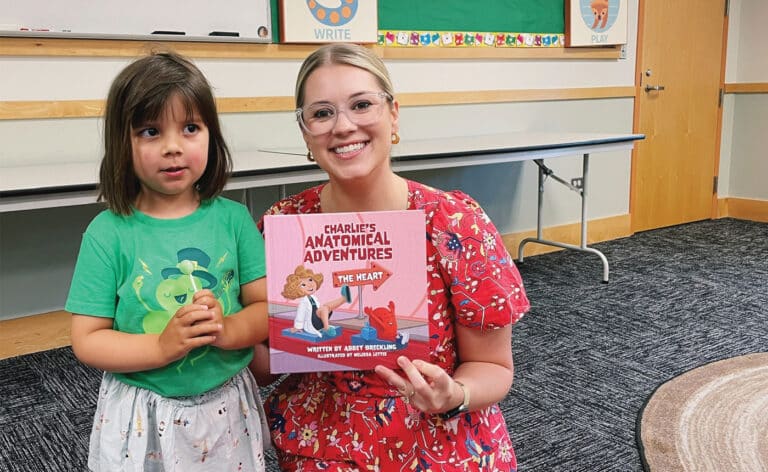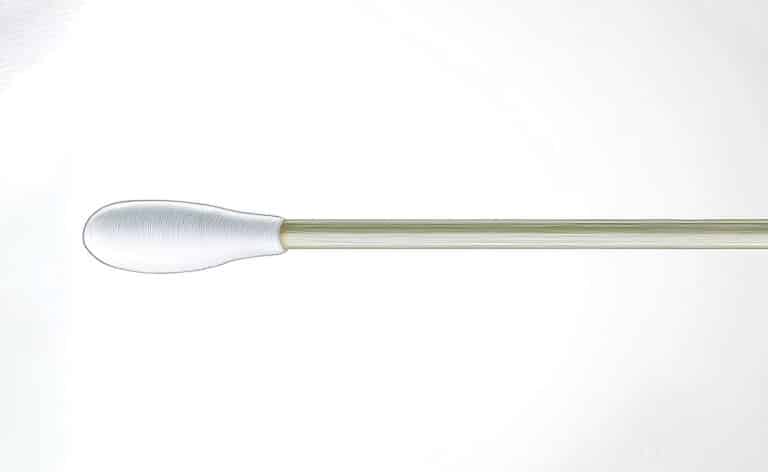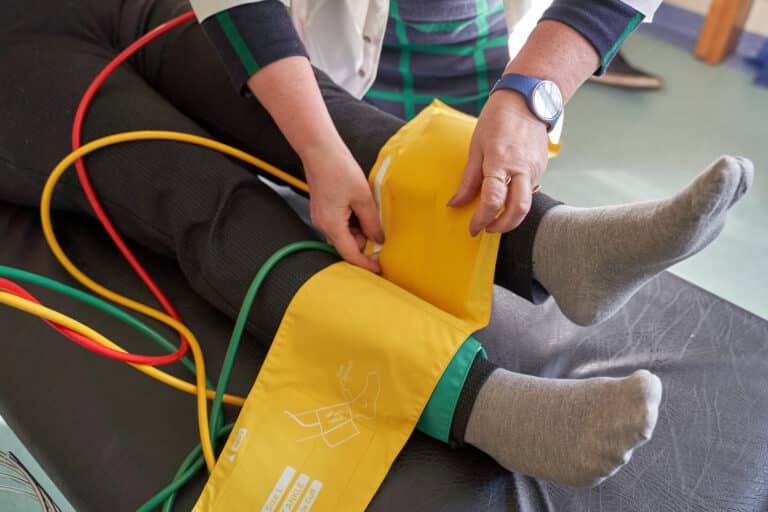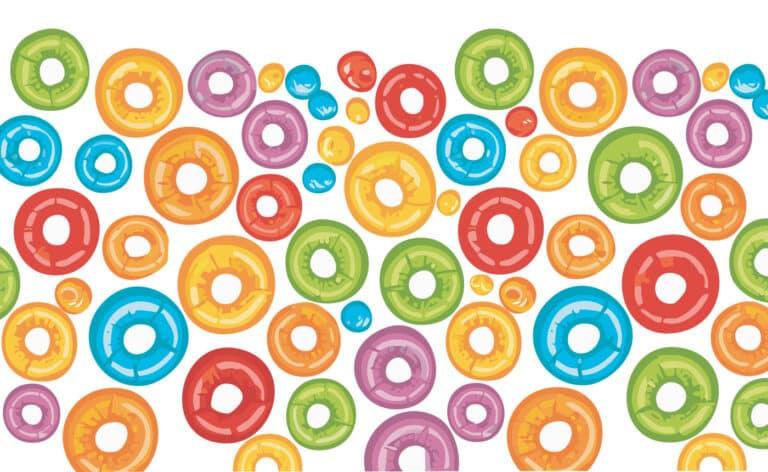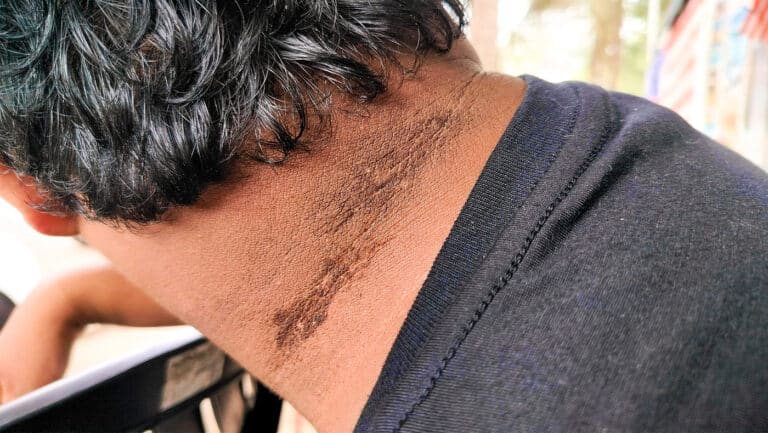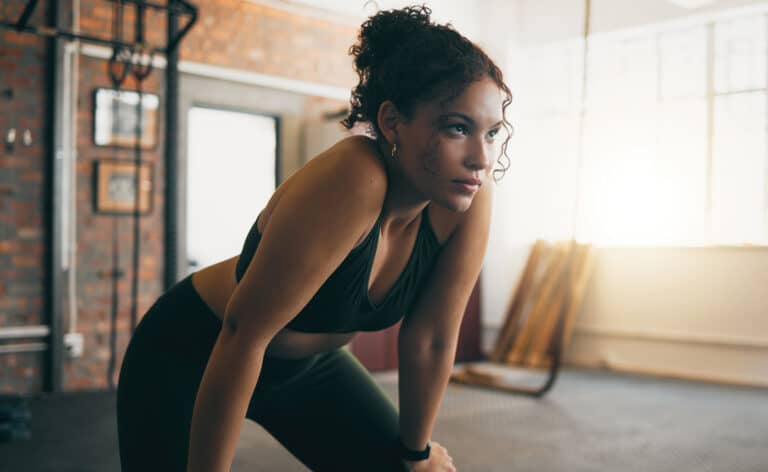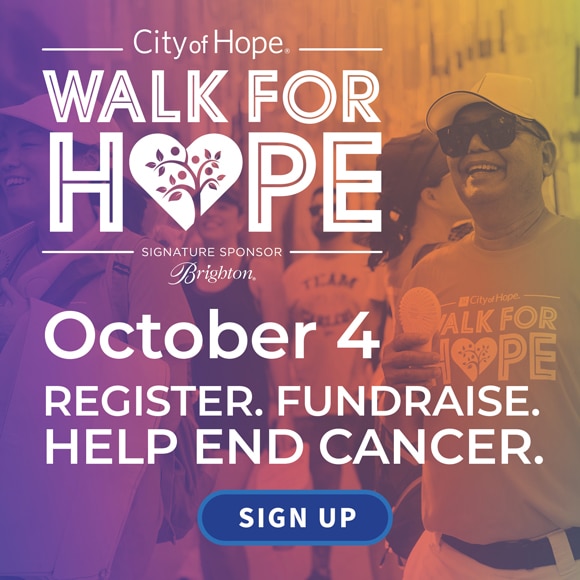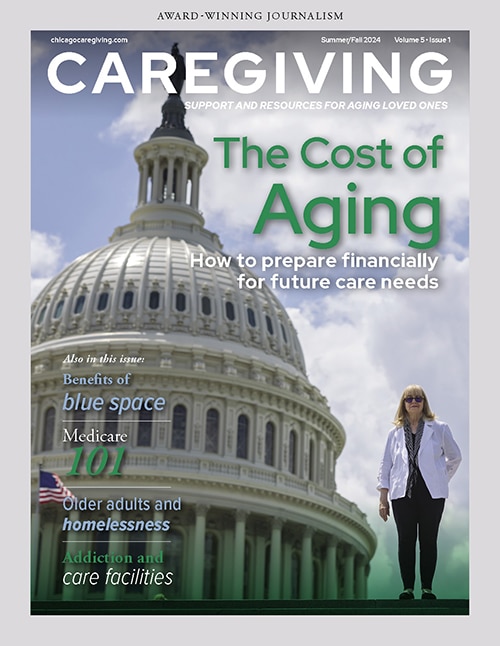More people under age 50 are facing cancer diagnoses, at a stage when they’re just figuring out their lives
Fact checked by Jim Lacy
A cancer diagnosis at any age is life-altering, but a growing body of evidence reveals a troubling rise in cancer diagnoses among individuals, particularly women, under 50. Women in this age group now face an 82% higher likelihood of developing cancer than men, up from 51% in 2002. Breast and thyroid cancers are primary contributors to this increase. Overall, the American Cancer Society estimates more than 2 million new cancer cases and 600,000 cancer deaths in the U.S. in 2025.
This shift in cancer demographics has medical experts grappling with its implications. Ajaz Khan, MD, an oncologist at City of Hope, sees this trend in his practice. “We’re seeing a rise in cancers that typically did not affect patients under the age of even 70,” Khan says.
Colon, pancreatic, and gastroesophageal cancers are now appearing in patients in their 20s, 30s, and 40s — ages once considered low-risk.
Women’s cancer rates
Cancer rates in women under 50 have surged, with the incidence of lung cancer in women under age 65 surpassing men for the first time in 2021. This dramatic increase stands in stark contrast to the general stabilization in cancer incidence among men of all ages.
Breast cancer remains one of the most common. Experts believe the Covid-19 pandemic played a role in the recent spike, as many people missed routine screenings. “Cancers that could have been caught as pre-cancerous lesions or early-stage cancers were not diagnosed at that time,” says Shikha Jain, MD, a spokesperson for the American Cancer Society and medical oncologist at UI Health. Environmental factors, such as polluted air and water, alongside lifestyle changes, such as increased alcohol consumption and processed meat-heavy diets, are also suspected contributors.
“We’re seeing a rise in cancers that typically did not affect patients under the age of even 70.”
Another area of concern is cervical cancer, with experts pointing to declining HPV vaccination rates. “We’ve been seeing more anti-vaccine movements over the years,” Jain says. “The concern is the rise of the anti-vaccine movement will continue to impact HPV vaccination rates.”
Timothy Pearman, PhD, director of supportive oncology at Robert H. Lurie Comprehensive Cancer Center of Northwestern University, has witnessed this age shift firsthand over his 25-year career. “When I first started, it was rare to see anyone under 40. Now, about 25% of my practice is folks under 50,” he says.
He emphasizes that no single factor explains the rise. “Nobody really knows the answer,” Pearman says. “A lot of younger people who get diagnosed have genetic abnormalities, some of which we know are cancer risks and others we’re still learning about.”
And as more younger people face cancer diagnoses, screening guidelines are trying to catch cases as early as possible. The U.S. Preventive Services Task Force lowered the starting age for colorectal cancer screenings from 50 to 45 and biennial breast cancer mammograms to 40. (The American Cancer Society and the National Comprehensive Cancer Network recommend annual mammograms.) The task force’s lung cancer screening guidelines now recommend annual low-dose CT scans starting at age 50 (down from 55) for those with a 20-pack per year smoking history.
The emotional and financial costs of cancer
Besides the cancer itself, younger patients face unique emotional and mental health challenges that older people often don’t encounter, such as relationships, body image, and financial concerns. Pearman works closely with social workers to connect patients with resources and support. “People in their 20s and 30s are figuring out their lives — careers, education, relationships, and family planning — when a cancer diagnosis can suddenly upend everything,” he says.
Plus, young adults are more commonly uninsured or underinsured, Pearman says. “They may not have as much financial depth as older people, so a diagnosis of cancer can be tragic in terms of their financial standing.”
Many medical institutions offer an Adolescent and Young Adult (AYA) Oncology Program with resources including monthly support groups and social events. Peer-to-peer support networks like Imerman Angels also connect patients with mentors who have faced similar experiences.
Imerman Angels was founded in 2006 by Jonny Imerman after a stage-4 testicular cancer diagnosis at 26. Though his friends and family supported him, Imerman lacked someone who truly understood his experience. The organization now has facilitated more than 34,000 matches in over 110 countries, offering patients, survivors, and caregivers meaningful connections with those who’ve been through similar battles.
“Paying attention to your mental health as you’re going through cancer treatment is acknowledging that this is a major and scary life stressor, and you’re trying to get ahead of any of the negative impacts,” Pearman says.
Therapy and other forms of emotional support are often out of financial reach. To bridge this gap, free resources that offer therapy, support groups, exercise programs, and more are available in the Chicago area:
• Gilda’s Club Chicago: (312) 464-9900
• Cancer Support Center (Homewood and Mokena): (708) 798-9171 and (708) 478-3529
• Cancer Wellness Center (Northbrook and Grayslake): (847) 509-9595
• Imerman Angels: (866) 463-7626
• Living Well (Geneva and Warrenville): (630) 262-1111 and (331) 732-4900
• Wellness House (Hinsdale): (630) 323-5150
• Cancer Resource Center (Munster, Indiana): (219) 836-3349
Originally published in the Spring/Summer 2025 print issue.
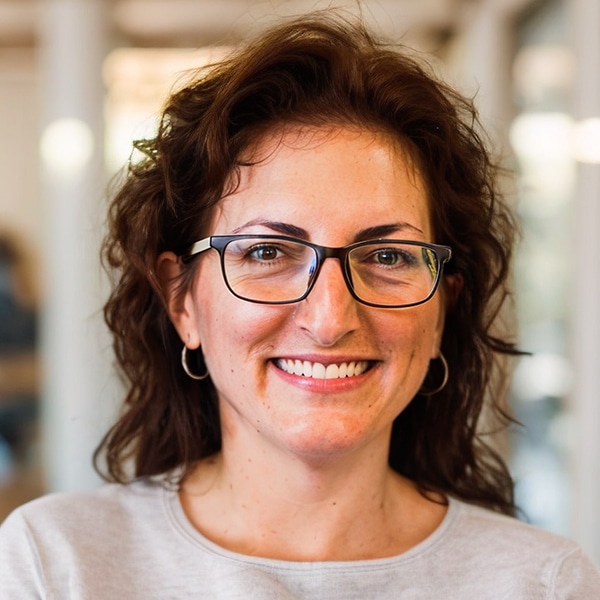
Catherine Gianaro, a freelance writer and editor based in Chicago, has written about healthcare and higher education for more than three decades. With 90-plus awards in communications, she is well-versed in storytelling.




